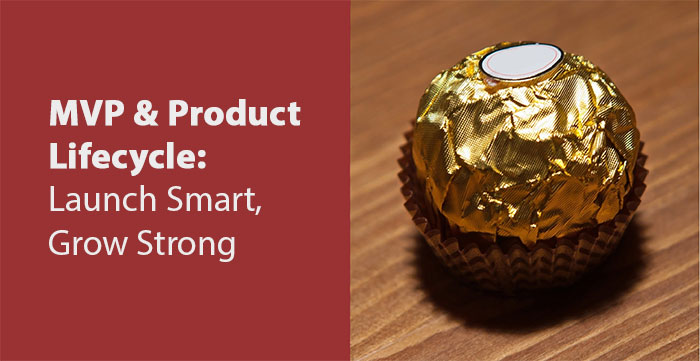Minimum Viable Product & Product Lifecycle: Launch Smart, Grow Strong
The Minimum Viable Product: Shaping the Product Lifecycle from Inception to Maturity
The Minimum Viable Product, or MVP, fundamentally alters the traditional product lifecycle. Initially, one must grasp how MVP integrates into each stage. Subsequently, one understands its impact on speed and adaptation. Then, one appreciates its role in market validation. Finally, one leverages MVP to drive sustained product growth.
 Every product begins with an idea.
Every product begins with an idea.
A spark ignites innovation. However, before substantial development, one validates the idea. Research establishes a market need. User interviews reveal pain points. Competitor analysis identifies gaps. Consequently, one builds a foundation for a successful MVP.
Prototyping follows idea validation.
Teams design a basic version. Developers build core features. Speed becomes paramount. Focus remains on essential functionality. Clear metrics measure success. Thus, early versions deliver valuable insights.
Testing and data collection occur next.
Real users interact with the MVP. Surveys capture feedback. Analytics track usage. Interviews uncover pain points. Moreover, this data informs future iterations. Consequently, developers refine the product.
Iteration and refinement transform the MVP.
User feedback drives changes. Data dictates new features. Pivots occur when necessary. Consequently, the product evolves.
The MVP’s journey directly impacts the product lifecycle. Introduction, growth, maturity, and decline – each stage undergoes modification.
During introduction, the Minimum Viable Product serves as the initial offering.
It validates market fit. It attracts early adopters. Furthermore, it gathers crucial feedback. Thus, the product establishes a foothold.
Growth stages see the MVP expand. User feedback fuels feature additions. Market demand drives scalability. Moreover, the product gains traction. Consequently, it captures a larger market share.
Maturity arrives with a refined product.
It addresses core user needs. It incorporates market feedback. Furthermore, it achieves stability. Thus, the product maximizes its potential.
Decline stages present a challenge.
However, MVP principles guide adaptation. User data informs new iterations. Pivots occur to extend product life. Moreover, the product remains relevant. Consequently, it mitigates decline.
Consider a hypothetical file-sharing startup. It releases a simple video demo. The video showcases core functionality. Sign-ups flood in. Consequently, the team validates market interest without a fully developed product.
Imagine a social media platform.
It launches with a basic scheduling feature. Early adopters provide feedback. The platform evolves. It adds analytics and engagement tools. Furthermore, it becomes a comprehensive social media management solution. Thus, it expands its user base.
A location-based photo-sharing app starts small.
User data reveals a preference for image filters. The team pivots. It focuses on image editing. Consequently, it transforms into a popular photo-sharing platform.
This approach demonstrates the power of MVP. It allows for rapid iteration. It minimizes risk. Furthermore, it maximizes market responsiveness. Thus, it reshapes the product lifecycle.
One evaluates the MVP’s overall success.
Data and user feedback determine the next steps. Pivots occur when necessary. Scaling happens when validated. Furthermore, sunsetting becomes an option when viability lacks. Consequently, strategic decisions guide product evolution.
The MVP’s influence extends beyond initial launch. It shapes long-term product strategy. It fosters a user-centric approach. Furthermore, it promotes continuous improvement. Thus, it creates products that resonate with the market.
Ultimately, the Minimum Viable Product reshapes the product lifecycle.
It emphasizes agility. It prioritizes user feedback. Furthermore, it promotes data-driven decision-making. Thus, it empowers businesses to build successful products.





This Post Has 0 Comments